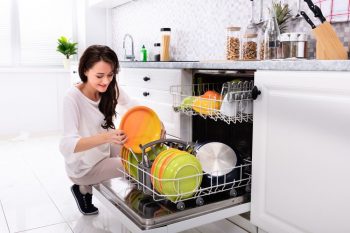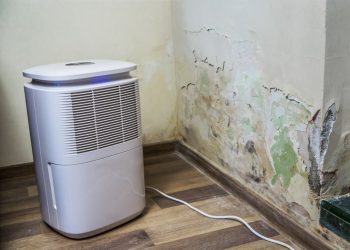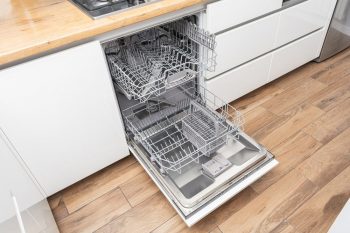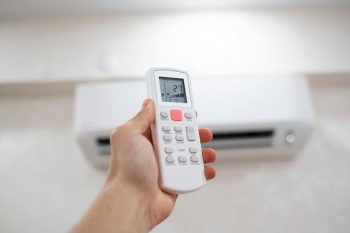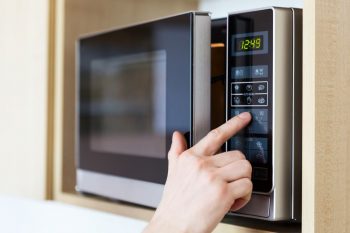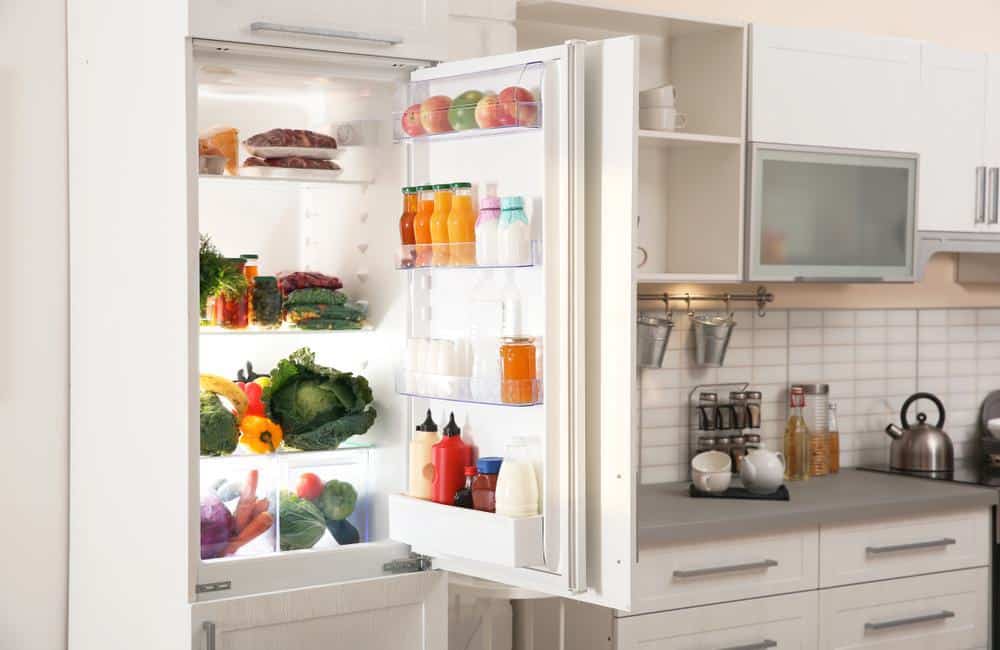
The refrigerator water line is an often overlooked but vitally important component of your home’s kitchen. It’s the lifeline that supplies your refrigerator with the water it needs to dispense cold water and make ice. But where exactly is this water line, how does it work, and how do you maintain it? In this comprehensive guide, we’ll answer these questions and more.
The water line for a refrigerator is typically located at the back of the refrigerator, near the bottom. It’s the line that connects the refrigerator to the cold water supply in your home. The shut-off valve for this line is usually found under the kitchen sink, in the basement, in a crawl space, or in the cabinet next to the refrigerator.
What Is a Refrigerator Water Line?
A refrigerator water line is a small, flexible tube that connects your refrigerator to your home’s water supply. This water line is typically made of copper, plastic, or stainless steel and is usually 1/4 inch in diameter. It allows your refrigerator’s ice maker and water dispenser to produce ice and dispense filtered water.
How Does a Refrigerator Water Line Work?
The water line works by connecting your refrigerator to a water source. The water travels through this line and reaches a small reservoir inside the refrigerator, where it is cooled before being dispensed. The water line also supplies water to the ice maker, which freezes the water into ice cubes. These cubes are then dispensed when you select the ice option on the dispenser.
Where Is the Water Line Located?
The water line for a refrigerator is typically located at the back of the refrigerator, near the bottom. It connects the refrigerator to the cold water supply line in your home. The shut-off valve for the refrigerator water line is usually found under the kitchen sink, in the basement, in a crawl space, or in the cabinet next to the refrigerator.
How to Install a Refrigerator Water Line?
Installing a refrigerator water line involves a series of steps, including determining your refrigerator’s connection requirements, locating the water source, planning the water line path, connecting the tubing to the water supply, flushing out the tubing, and connecting the water supply tubing to the refrigerator. Always remember to consult your refrigerator’s manual for specific instructions and requirements.
Common Issues and Troubleshooting Tips
Common issues with refrigerator water lines can range from frozen or clogged lines to a damaged water inlet valve, low water pressure, or faulty dispenser switches or control board. To troubleshoot these issues, check the ice maker, inspect the water filter, examine the water lines, test the water inlet valve, and check the dispenser switches and control board.
Proper Maintenance of a Refrigerator Water Line
To ensure a clean and properly functioning refrigerator water line, it’s important to clean your refrigerator’s water line every two months or at least when you replace the fridge water filter. This involves turning off the water supply, disconnecting the water line, cleaning the water line, allowing the vinegar to sit in the water line for about 10 minutes, flushing the water line, reconnecting the water supply, and testing the water dispenser and ice maker.
Safety Precautions When Handling a Refrigerator Water Line
When handling a refrigerator water line, it’s crucial to follow safety precautions to minimize the risk of accidents. These include unplugging the refrigerator, disconnecting the water line, working in a well-ventilated area, inspecting the water line for cleanliness, following the manufacturer’s instructions, and seeking professional advice if unsure.
Tools Needed to Install a Refrigerator Water Line
To install a refrigerator water line, you will need adjustable wrenches, tongue and groove pliers, a file, a deburring tool, a non-contact tester, pipe cutters, a power drill, and a tape measure.
In conclusion, the refrigerator water line plays a crucial role in the functioning of your refrigerator. By understanding its location, how it works, and how to maintain it, you can ensure a longer lifespan for your refrigerator and enjoy the convenience of ice-cold water and fresh ice cubes whenever you need them.
Frequently Asked Questions
Can I use any type of tubing for my refrigerator water line?
No, it’s recommended to use tubing that’s specifically designed for refrigerator water lines. These are typically made from copper, plastic, or stainless steel and are about 1/4 inch in diameter.
Do I need to hire a professional to install a refrigerator water line?
While it is possible to install a refrigerator water line yourself, hiring a professional can ensure that the job is done correctly and safely. If you are not comfortable with the process or if your refrigerator’s manual advises professional installation, it’s best to seek professional help.
What causes a refrigerator water line to freeze?
A refrigerator water line can freeze due to low temperatures in the freezer, a clogged filter, or low water pressure. It’s important to regularly monitor and maintain your refrigerator to prevent this from happening.
How often should I replace my refrigerator water line?
There’s no set timeline for replacing a refrigerator water line. However, you should consider replacing it if you notice any signs of damage, such as leaks or corrosion, or if the water tastes or smells odd.
What should I do if the water from my refrigerator tastes bad?
If the water from your refrigerator tastes bad, you should first replace the water filter. If this doesn’t solve the problem, check your refrigerator water line for any issues. It may need to be cleaned or replaced.
How can I prevent leaks in my refrigerator water line?
Regular maintenance and inspection of your refrigerator water line can help prevent leaks. This includes cleaning the line, checking for signs of damage, and ensuring that the connections are secure.

